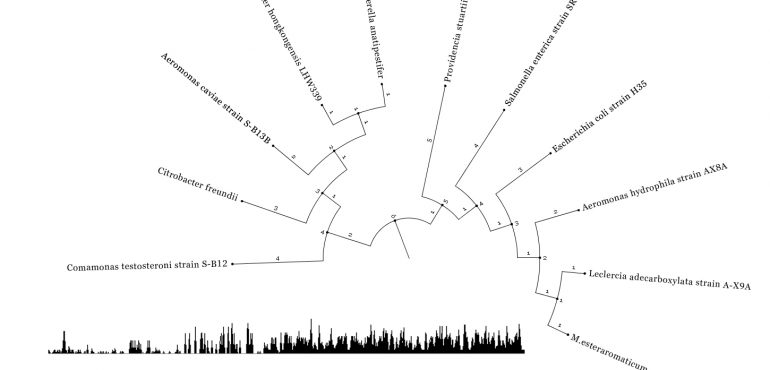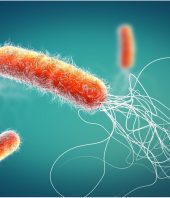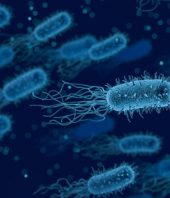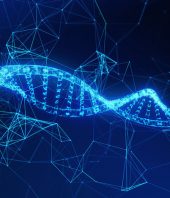Tommy Rodriguez
Department of Research & Development, Pangaea Biosciences, Miami, FL, USA
Email: trodriguez[@]pangaeabio.com
Rodriguez, T. (2015): Phylogenetic Considerations in the Evolutionary Development of Aminoglycoside Resistance Genes in Pathogenic Bacteria. Annual Research & Review in Biology, ISSN: 2347-565X,Vol.: 9, Issue.: 2. DOI: 10.9734/ARRB/2016/22895.
Abstract
This study revisits antibiotic resistance as a source of evolutionary development in pathogenic bacteria. By taking a molecular phylogenetic approach to this inquiry, I seek to find homologous correlations in antimicrobial resistance gene families across a broad spectrum of bacteria, as to indentify the possible acquisition of those genes through divergent events in evolutionary context. In order to test this, I examine the various degrees of genetic similarity in two antimicrobial resistance genomic datasets, namely aadA1 & aadA2 aminoglycoside resistance genes, among bacteria that occur in a multitude of environments. Moreover, the results from phylogenetic analysis suggests that pathogenic antibiotic resistance for aadA1 & aadA2 aminoglycoside resistance genes may have been acquired through evolutionary events with a common ancestor of a soil-dwelling bacterium.
Keywords: bacteria, pathogens, phylogeny, molecular phylogenetics, aminoglycoside resistance genes, antimicrobial resistance, multiple sequence alignment, comparative genomics






